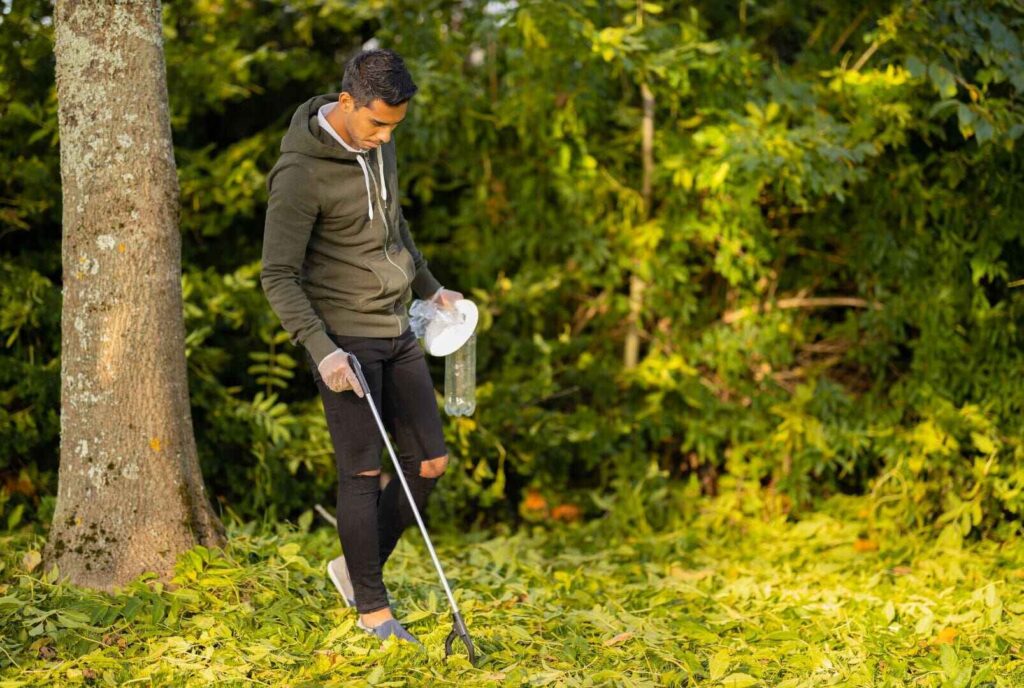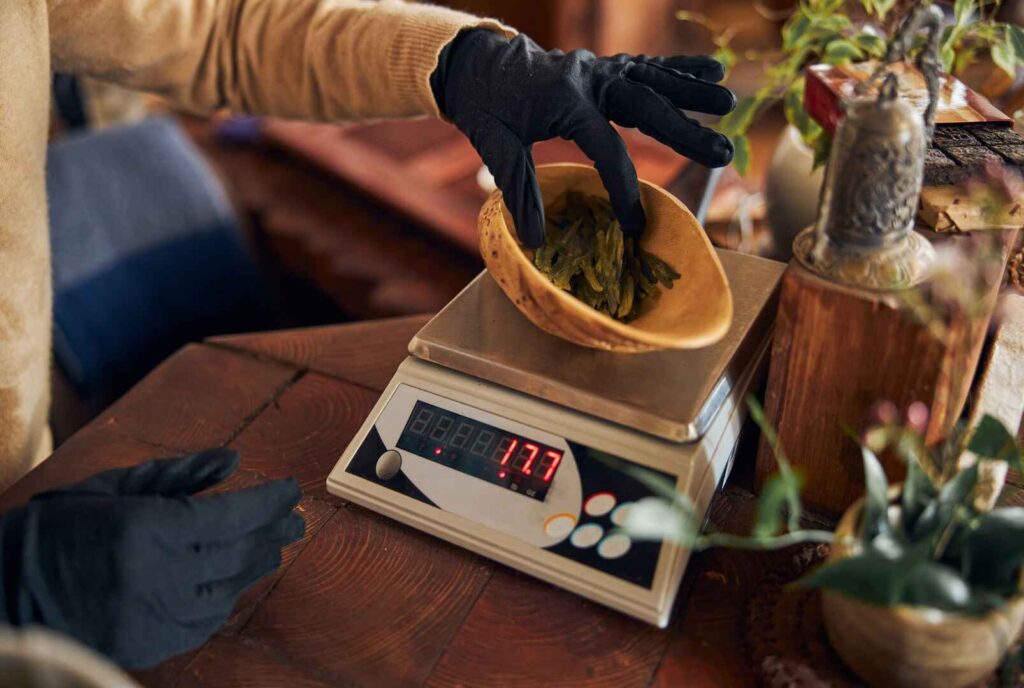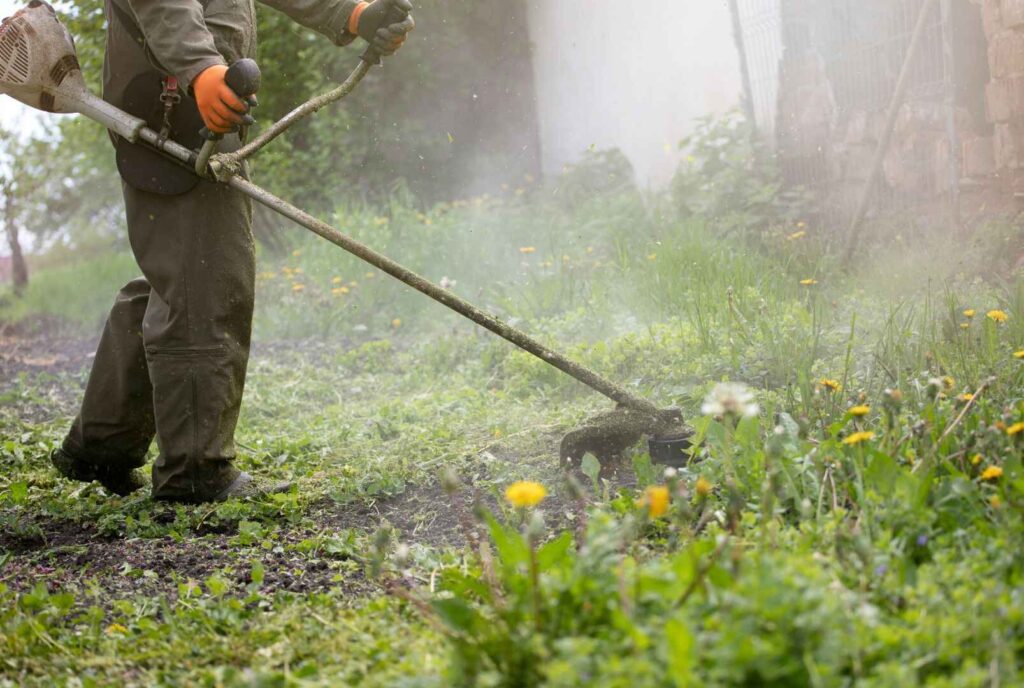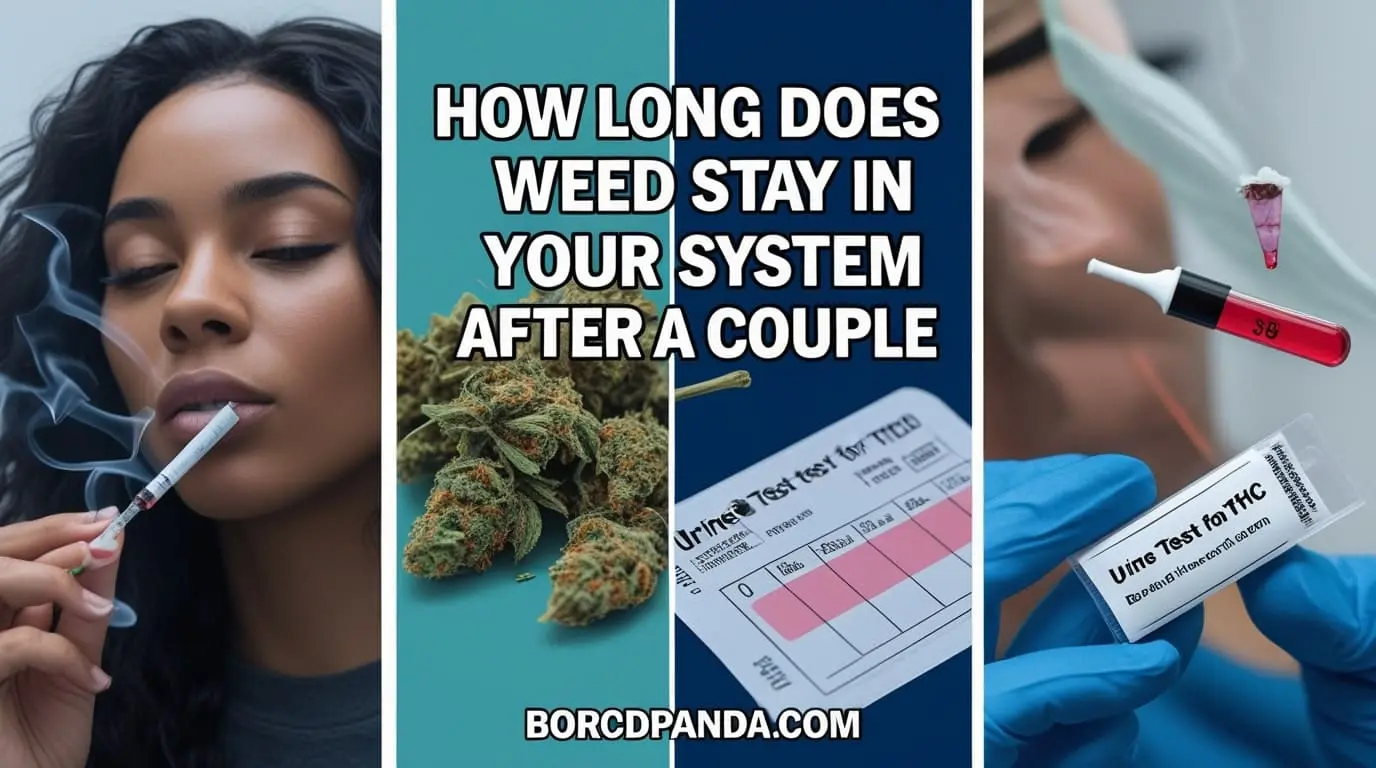Understanding the Intricacies of Weed Detection and Drug Tests
We’ve all had that moment: a casual hangout where someone passes around a joint, and you take a puff or two, not giving it a second thought. But what about the drug tests at work or if the police pull you over? Even after a minimal amount, how long does weed stay in your system?
The Weedy Road Through Your System

Cannabis’ active ingredient, Tetrahydrocannabinol (THC), is lipid-soluble, allowing it to be stored in your body’s fat cells. This single characteristic can significantly extend how long it can be detected, particularly for infrequent users. Understanding the timeline of weed detection matters greatly when it could impact your livelihood or legal status. Let’s delve deeper into the journey weed takes through your system.
The Highs and Lows of Metabolism
Metabolism plays a pivotal role in how fast your body processes substances. If you’re a fast metabolizer, THC will be broken down more rapidly, leading to shorter detection times. Conversely, even a single exposure can be detected for several days if your metabolism is sluggish. Genetics, age, and physical health are all factors influencing metabolism and, thus, detection times.
One High, Many Factors
The frequency and amount of cannabis consumption dramatically alter detection time. Occasional users may clear THC within a couple of days, while frequent users can test positive for a month or more due to re-exposure and buildup. It’s not just about the session we’re focusing on; it’s all the sessions leading up to that crucial test.
Storing Away in Your Fat
THC’s affinity for fat cells means prolonged exposure, even to small amounts, can result in ‘storage.’ This is concerning for anyone who’s carried a bit of cannabis’ signature ingredient with them for longer than anticipated. Body fat percentage is a significant factor, as higher-level individuals can expect a longer clearance time.
The Scoop on Weed Detection Methods

Drug tests are scientific tools designed to detect the presence of specific substances in the body, and each has its window of accuracy. Understanding these methods is key to managing your detection risk.
Urine: The Go-To for Cannabis Testing
Urine tests are the most common method for detecting cannabis, primarily due to their non-invasive nature and relatively long window of detection. For single exposures, THC can be detectable for up to a week; for chronic users, it’s not unusual for it to be detected even after a month.
Blood: In and Out of the System
Blood tests reflect current intoxication or very recent use. Despite this immediacy, THC can still be detected for 1-2 days in the bloodstream post-consumption, making it a method that’s favored when impairment is suspected.
Hair: A Time Capsule
Hair tests provide the longest detection window, extending the risk for past cannabis use. THC can be detected in hair for up to 90 days, showing a comprehensive history of use that urine and blood tests cannot replicate.
Saliva: Ephemeral Evidence
Saliva tests offer a short detection window, typically reflecting the last 24 hours post-consumption. They are rarely used but stand out due to their immediacy in detecting cannabis.
How Long Is Long? Average Cannabis Detection Times

Let’s break down what ‘long-term’ detection times mean for various drug test methods, focusing on the average time frames for occasional users.
Occasional Urine Detection
For those who’ve had just a few puffs, cannabis can be detected in urine for 3-4 days. This is an average and can vary significantly based on individual factors. It’s also worth noting that higher-frequency usage will mean a longer detection time.
Blood Tests: The 1-2 Day Window
Casual users typically clear THC from their blood within a day or two. However, this is only applicable to those who don’t use cannabis with any regularity; those who do will find THC detectable for longer.
Hair Today, Gone Tomorrow’s 90-Day Window
The timeline for cannabis detection in hair is startling in its reach, especially for such small doses. The average 90-day detection range often exceeds a typical employer’s desired testing timeframe.
Saliva’s Short Window
For the casual user, THC detection in saliva is limited to the first 12-24 hours post-use. This rapid clearance makes saliva testing less common for cannabis-specific employment checks.
Clearing the Air: Methods for Faster Weed Clearance

So, you’ve partaken in a social smoke, and now you find yourself subject to a drug test. What can you do to clear your system as quickly as possible? While there’s no guarantee, some practices might help hasten the process.
Hydration: The Body’s Flusher
Drinking lots of water can speed up the body’s natural detoxification process. Urinating frequently can help dilute urine samples, potentially resulting in a lower THC concentration that’s below the test’s threshold.
Physical Activity: Speeding Up the Burn
Physical exercise can accelerate metabolism. As THC is stored in fat, burning off fat through exercise could potentially release held THC back into the bloodstream, where it can be processed and cleared.
Detox Products and Methods
A plethora of detox drinks and kits claim to flush your system of THC rapidly. While some people swear by these products, their efficacy is not universal. It’s essential to approach these methods skeptically and consult a healthcare professional.
Conclusion: A Cautionary Puff
The lingering question of how long weed stays in your system after a couple of puffs is not a trivial matter. Whether you’re considering a change in work, are subjected to a random drug test, or are simply curious, understanding the detection window for cannabis is critical. Experts caution that while methods exist to expedite the process, no method is foolproof. The best defense is a cautious and informed approach to marijuana use, especially when consideration of its detection in the body may have significant consequences.
In conclusion, any tip or trick for clearing your system should be used with careful consideration of state laws, workplace policies, and the potential risks involved. If anything, this journey through weed detection should encourage mindfulness in every cannabis consumer. As with any decision, knowledge is power, and in the realm of drug use, it’s essential to be fully informed.






